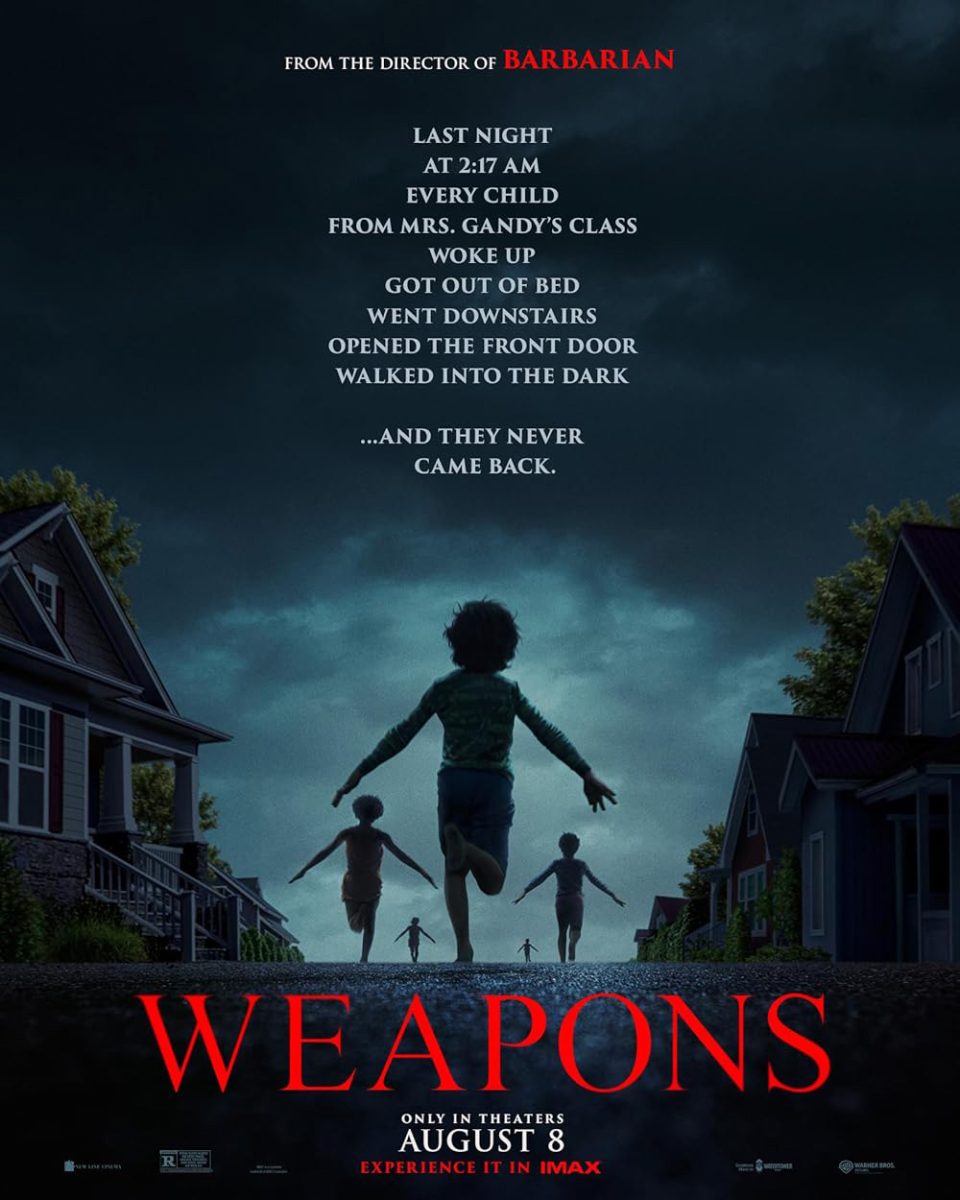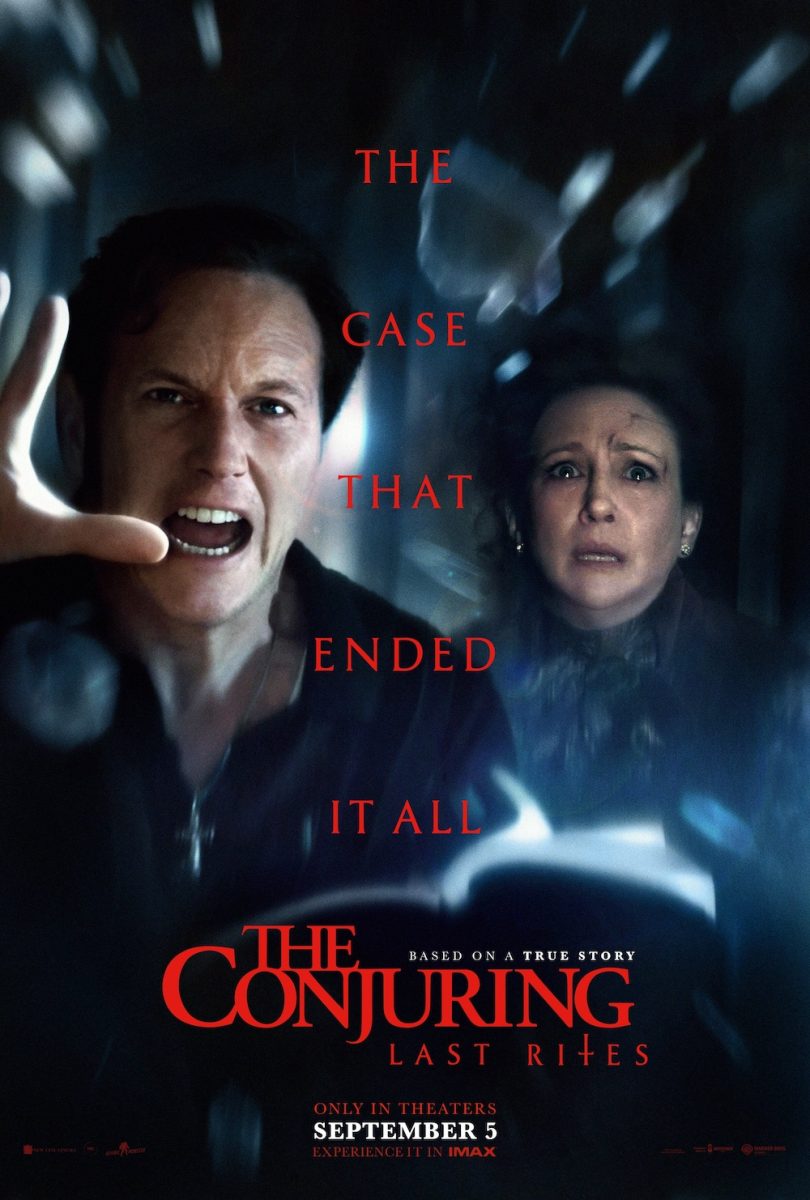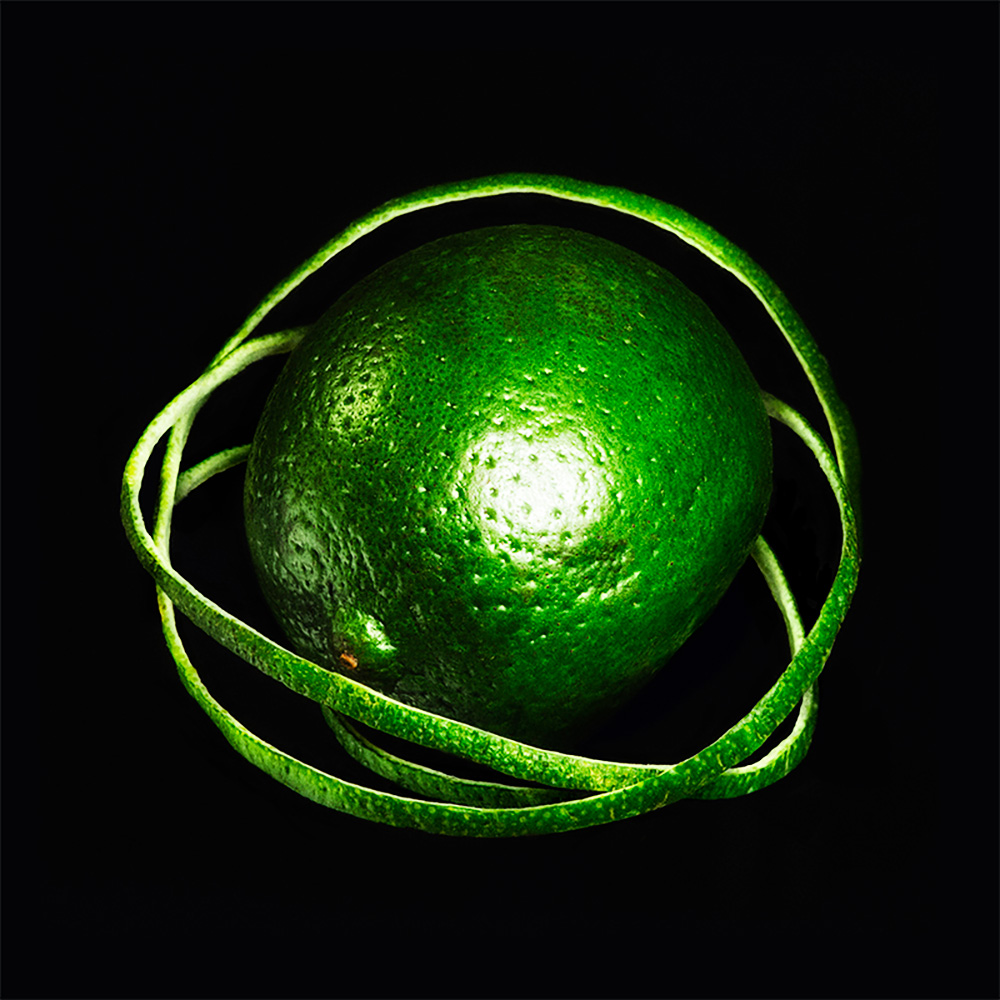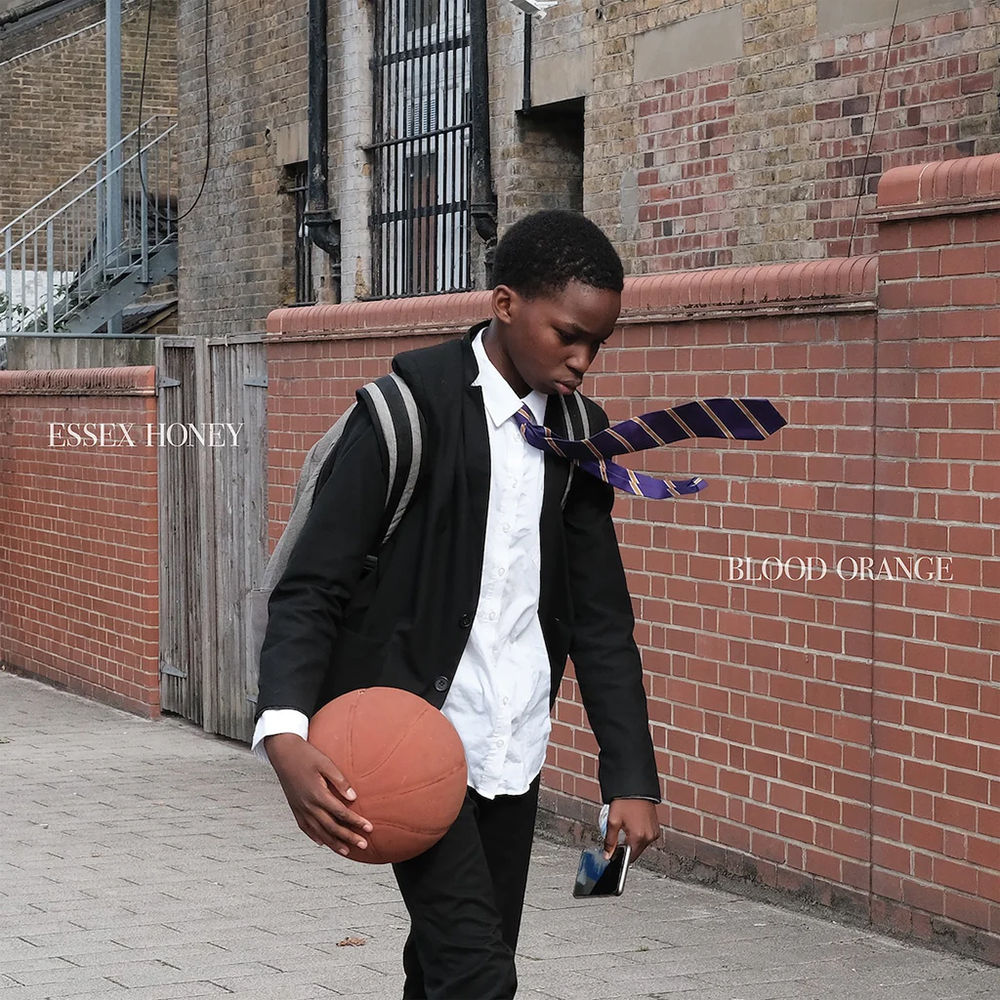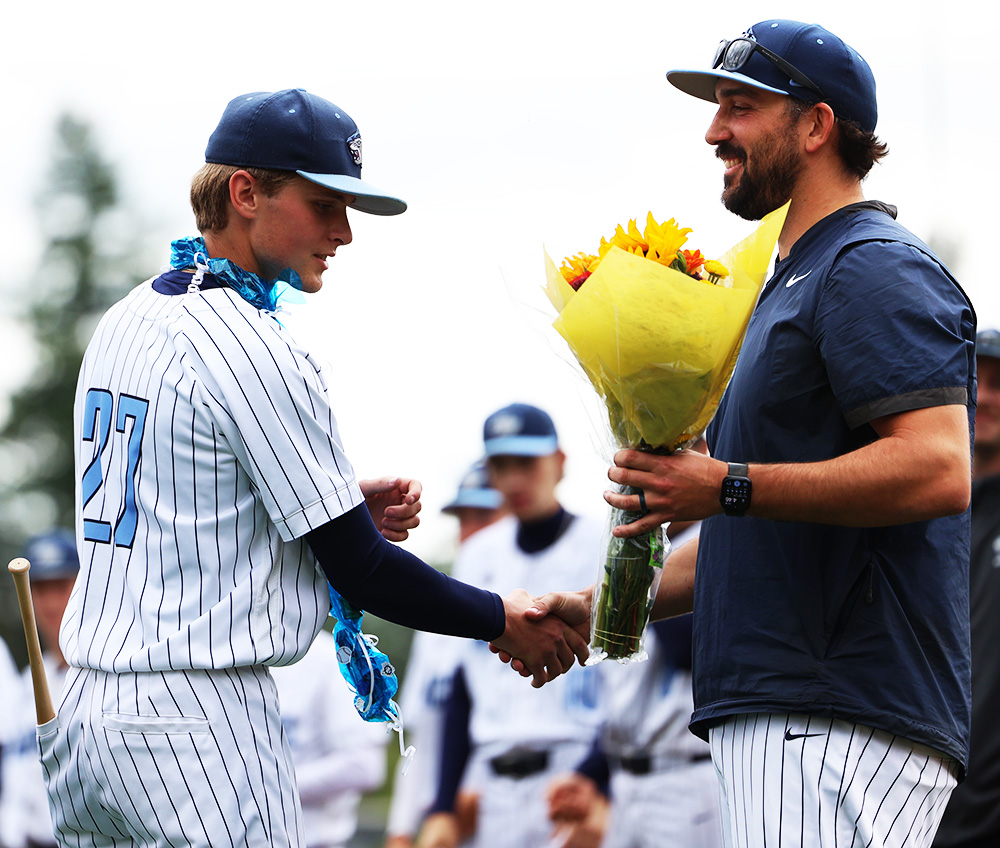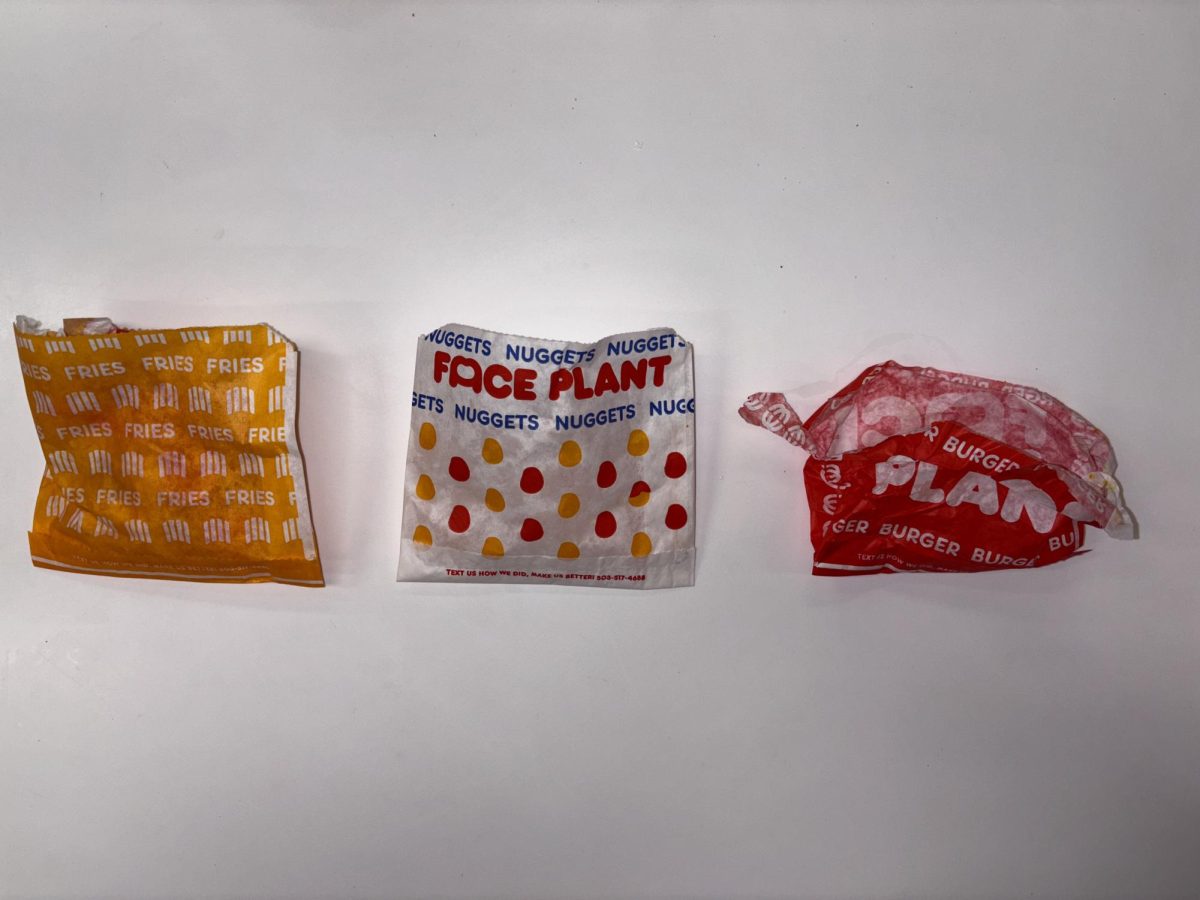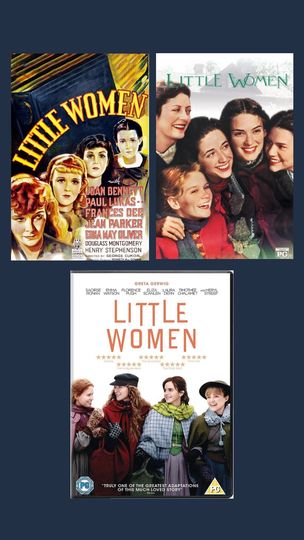
Little Women is an absolute feat of storytelling. It explores individuality and sees the overwhelming devotion of sisterhood and friendship blossom against the destitution of living through the Civil War era.
The immediate success following the publishing of the novel by Louisa May Alcott in 1868 started a quick desire for an on-screen version. Five movie adaptations, four mini-series and recreations involving ballet and opera-singing all translate the same heartfelt warmth that that the book illustrated so clearly.
1933 version: Paving a way for future adaptations
The first Little Women movie that wasn’t a silent film was released in 1933 and is coming up on its 90th anniversary this November. It features old Hollywood stars like Katharine Hepburn, Joan Bennett and Frances Dee, all playing sisters of the March family. Hepburn plays the role of Jo in a very boyishly and rambunctious fashion. I love how she is so unique in her ability to truly make a character her own.
A theme in this movie that makes it a little bit different from the others is that Jo constantly denies womanhood. She understands the weight that comes with possibly giving up her freedom by going from being a girl to being a woman in the 1800’s.
An example of this is when one of the sisters, Meg, discusses how she will want to marry in the future, and Jo is struck with such melancholy and asks her why they can’t just stay the same forever. This scene is so hard to swallow because it shows how aware the sisters are of the fact that getting wed as a woman could mean the privilege of being unapologetically yourself is taken from you and instead replaced by the duty of being a wife and a mother. This reminds me of a quote I read online a couple of months ago that said, “Once your sibling has children, you’re no longer their closest family.”
I’d really hate to diminish the revolutionary impact this movie started by inspiring so many great remakes, but honestly, not much else stood out to me whilst watching. This is probably because I never really saw this film growing up–part of the reason why I hold the 1994 and 2019 versions so close to my heart is because of the nostalgia that is intertwined with them. Also, it seemed that the other characters were quite dismissed; in later adaptations, the sisters of the March family, not only Jo, had pretty big roles and were not treated as sidekicks or background characters, which I felt was the case with this version.
I think the best part of the 1933 movie was how it truly had a more authentic vintage feel that the modern films could never quite get right.
1994 version: A movie with a lasting impression
The 1994 adaptation has got to be my absolute favorite. This is mostly the fault of my deep admiration for the cast; Winona Ryder, Christian Bale and Kirsten Dunst give not only stunning performances but also continue to surprise me in their own individual careers.
This version focuses more on Jo’s employment and how badly she wants to write and become something bigger than herself rather than a conflict of womanhood. It portrays her with the same sense of determination and fierceness as the 1933 movie, but with less tom-boyishness and more of a feminine grace that shows that you do not need to develop attributes of boys to be just as strong and resilient as one. Femininity and girliness is not used as a weapon or seen as a weakness.
Ryder’s performance of Jo was one that has stuck with me for many years. She is constantly misunderstood and doesn’t want to be tied down. Laurie, played by Bale, is a family friend of the March’s and develops a romantic interest in Jo from the very beginning of the movie that isn’t quite reciprocated. In the 1933 and 1949 films, Jo’s rejection of Laurie asking her to be his wife consisted of her being apologetic and saying “they aren’t a good match.” In the 1994 movie, she emphasizes her yearning for her career and liberty. She holds her writing above being a wife.
To me, this is groundbreaking. Like the 1933 movie, she understands the sacrifice that is being a wife and the disposal of her freedom, but instead of feeling sorry for Laurie, she recognizes that her dreams are more concrete than he’ll ever be. She needs someone to match her drive.
Susan Sarandon plays the mother of the March family, Marmee, a wise and quick-witted woman who has an attitude that is refreshingly feisty. This is much different than the original character in the book, in which Marmee’s character is sensitive, quiet and kind. I like this contrast because it is an ingenious stroke of originality that feels more easily relatable to the women in my life.
Something not great about this adaptation is that many aspects of the original book were lost due to the screenwriter, Robin Swicord, deciding to take the movie in a direction where she believed Alcott would’ve taken it if she were to write it in the modern age, free from the limitations of the 1800s. Whilst this is certainly interesting, it does impose quite an odd feeling when you notice the differences–like the choice of having a stronger focus on Jo’s career than anything else–when watching these remakes back to back.
2019 version: Taking a classic in a new direction
Certainly a fan favorite, the 2019 Little Women is revered by many critics as possibly the best version yet. In the online history forum, Out of the Tower, journalist Rebecca DeWolf wrote in her article “Greta Gerwig’s “Little Women” is Awesome. Here is Why.”, that previous film adaptations tended to downplay the other March sisters in order to focus on Jo, but Gerwig’s version gave attention to each individual character similar to how Alcott did in the book.
This is definitely reflected in how we get to watch the youngest sister, Amy, and her painting career develop when she travels to Europe to study art. We also get to see Meg’s relationship grow with her husband and understand the motivations and drives of each sister a little bit better by giving their perspective through added or tweaked scenes. For example, the ending of Little Women (1994) has Jo marrying Professor Freidrich, but in Gerwigs’ version, Jo remains single.
In the entertainment website, Oprahdaily.com, Elena Nicolaou said in her article “Why Greta Gerwig’s Little Women Movie Radically Changed the Book’s Ending”, that the decision for Jo to not marry is because of Gerwig’s view that there is more than one way for a woman’s life to be satisfying. She wanted to show that a woman’s life can bypass the altar completely and still be worth celebrating. This is so important to me because it proves that happiness does not always lie within a wedding vow and self-fulfillment through personal achievement can exceed the need for marriage.
I would say that this adaptation is much more romantic than all of the other versions. In the 1994 and 1933 movies, Laurie believes that Jo is destined for him in some way and is utterly confused when she does not share that view. In the 2019 film, Laurie loves Jo in a way that transcends his need to be her husband. An extremely compelling and heartbreaking scene for me is when Laurie proposes to Jo. He repeats “I love you” over and over whilst Jo explains everything that would make her a bad partner. Laurie doesn’t care; he loves Jo so much that he simply cannot imagine her not loving him back: “I gave up billiards, I gave up everything you didn’t like. I’m happy I did, it’s fine; and I waited and I never complained because I—you know I figured you’d love me, Jo.”
The way Gerwig wrote Laurie’s character and Timothèe Chalamet’s performance of him evokes large, deep-rooted feelings of sorrow, sympathy and shame: we feel quite bad that he doesn’t “get the girl” but also have to understand that it isn’t Laurie’s right to “have” Jo, even if he risked so much to be with her.
Another performance I am immensely struck by in this film is definitely Florence Pugh’s, who played Amy. Despite Laurie’s everlasting love for Jo, he ends up marrying Amy. In the earlier films, this was viewed as a large betrayal of Jo and Amy is seen as a villain.
In this version, Pugh plays Amy with a sense of innocence and genuine love for Laurie that grows and becomes more natural throughout the flow of the movie. Amy and Laurie’s relationship makes much more sense when the two become wed because there is so much build-up to it. I love watching Amy get angry at Laurie when he confesses his love for her, saying, “I will not be the one you settle for just because you cannot have her. I won’t, I won’t do it.” Amy’s unrequited love for Laurie is poured out during this scene and she doesn’t want to accept him if it means she will be second to Jo.
I enjoy that this really shows just how much Amy cares about her individuality; she doesn’t want to be defined by her sisters, just as Jo doesn’t want to be reduced to only being a wife. Amy is a painter, a creator and so much more than the young, immature girl that she is often perceived as. Pugh’s performance is so heart-wrenching and incredible and all I want to do is rewatch it over and over again.
I believe the script is the strongest aspect of all of these remakes because it brings out a unique cast chemistry that carries over from the 1933 version into both the 1994 and the 2019 versions.
It is quite a wonderful thing for a story from the 1800’s to be adapted so many times and be so widely-loved 200 years later; Alcott’s ability to stay timeless for all of these centuries is amazing and inspiring.
Whilst I don’t recommend a marathon of watching these movies back to back to back like I did, I highly suggest indulging in at least one of these marvelous adaptations.


